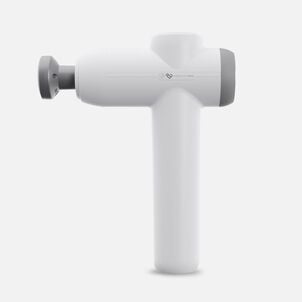Last week we looked at how HSA contribution limits work if you enroll in an HSA-qualified HDHP mid-year. But what if you drop your HDHP coverage mid-year? Or what if you get married, divorced, or otherwise change your HDHP coverage, in the middle of the year? Don't worry — the IRS has rules for all those situations, too.

If you drop your HDHP coverage mid-year...
...or become ineligible to contribute to an HSA for any other reason, the short answer is you have to stop contributing to your HSA at that point.
Your contribution limit for the year will be prorated based on the number of months that you were eligible to make HSA contributions. There are a couple of points to keep in mind here:
As long as you have HDHP coverage and are otherwise HSA-eligible on the first day of a calendar month, you're considered HSA-eligible for that whole month. So, if you had an HDHP from the first of the year through August 15, you're allowed to contribute 2/3 of the total annual contribution limit, since you're considered HSA-eligible for all of August.
Also, you don't have to actually make the HSA contributions during the months you had HDHP coverage. You have until your tax return is due (typically April 15 of the following year) to make some or all of your HSA contribution. The current full-year contribution limit for a someone participating in the HDHP as a single individual under age 55 is $4,150.
What if your HDHP status changes?
The HSA contribution limits are higher if you have family HDHP coverage: $8,300 in 2024. But the switch between self-only coverage and family coverage rarely corresponds to your New Year's bash.
So how does the HSA contribution limit work if you add a family member to your HDHP mid-year? The last-month rule — with a testing period — that we described last week would apply in this situation, or you can use the prorated method of calculating the contribution limit.
A few examples...
Let's say you have self-only HDHP coverage from January through September 2023, and then you have a baby in October and add your little one to your HDHP. So for October, November, and December, you have family HDHP coverage.
To show you what we mean, let's crunch a few numbers. You have two options for calculating your HSA contribution limit:
Prorated contribution limit: Based on the $4,150/$8,300 annual contribution limits, 9 out of 12 months of self-only coverage would be $3,112. And 3 of 12 as a family is $2,047. Adding those together, you get $5,159.
Using the last-month rule, you get to make the full contribution based on whichever type of HDHP coverage you had on December 1. In this case, it's family HDHP coverage, which means you get to contribute $8,300 to your HSA for 2024.
Keep in mind -- then you have to maintain HDHP coverage throughout all of 2025. If you don't, you'll have to pay income tax and an additional 10% tax on the difference between $5,159 and $8,300.
Now let's say you have family HDHP coverage from January through May, and then have a life-changing event, and switch to self-only HDHP coverage for the remainder of the year. In this case, you'd just use the prorated method for determining the contribution limit.
-
Thank you for visiting the HSA Store Learning Center. Don’t forget to follow us for more helpful tips on Facebook, Instagram, and Twitter.


.png)
















